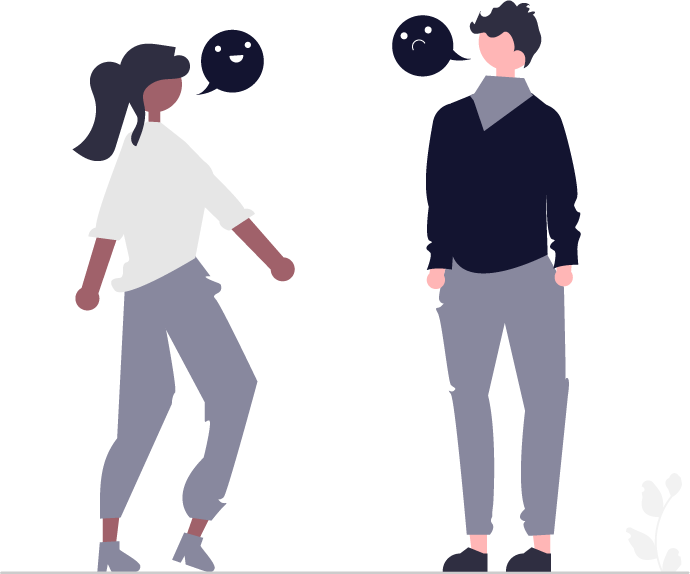“Mapping the Moods”
expands the understanding of moving images
The new study builds on this and examines typical usage patterns (moods).
The topic of context is becoming increasingly important for media planners in order to understand how moving images are used by the audience, and thus to precisely target advertising and optimize its impact. Following on from “Track the Success,” which focused on examining the usage situation, the current Screenforce study “Mapping the Moods” delves deeper into the feelings of the audience.
The study reveals three key findings:
Content alone cannot be used to draw conclusions about the context of use
The medium of television offers a broad spectrum of moods
SVOD usage patterns are highly restricted
“Moods”, such as emotion and attention, complement media planning metrics. “Mapping the Moods” is Screenforce’s first comprehensive survey of the video landscape in Germany.
“Mapping the Moods”
expands the understanding of moving images
The new study builds on this and examines typical usage patterns (moods).
For media planners to accurately target advertising and maximize its impact, it is becoming more and more crucial to understand how audiences are using moving images. As a follow-up to “Track the Success,” which examined usage patterns, the current Screenforce study “Mapping the Moods” dives more deeply into audience feelings.
The study reveals three key findings:
Content alone cannot be used to draw conclusions about the context of use
The medium of television offers a broad spectrum of moods
SVOD usage patterns are highly restricted
“Moods”, such as emotion and attention, complement media planning metrics. “Mapping the Moods” is Screenforce’s first comprehensive survey of the video landscape in Germany.
[German]
[German]
A short examination of what went into the study
Moods capture genre and time of day,
but much more, especially…
• …the “why” of usage
• …the moods
• …the sideline activities
• …the number of people
• …the psychological needs
• …the goals of video usage

A short examination of what went into the study
Moods capture genre and time of day,
but much more, especially…
• …the “why” of usage
• …the moods
• …the sideline activities
• …the number of people
• …the psychological needs
• …the goals of video usage

Case study couple: same age, same general interests, common household income,same education, same place, same time, same genre.
BUT:
• She had to get up early,
• was stressed at work all day,
• wants to go to sleep soon and now just wants to be sprinkled a bit
• He was on vacation today,
• was finally able to sleep in and relax throughout the day,
• has been looking forward to the movie night as a highlight all day long.
…so there must be a better distinction!

Case study couple: same age, same general interests, common household income,same education, same place, same time, same genre.
BUT:
• She had to get up early,
• was stressed at work all day,
• wants to go to sleep soon and now just wants to be sprinkled a bit
• He was on vacation today,
• was finally able to sleep in and relax throughout the day,
• has been looking forward to the movie night as a highlight all day long.
…so there must be a better distinction!

Participants
Individual diary entries
Entries per participant
Additionally uploaded Media files
Participants
Individual diary entries
Entries per participant
Additionally uploaded Media files

You need to load content from Turnstile to submit the form. Please note that doing so will share data with third-party providers.
More InformationNotifications